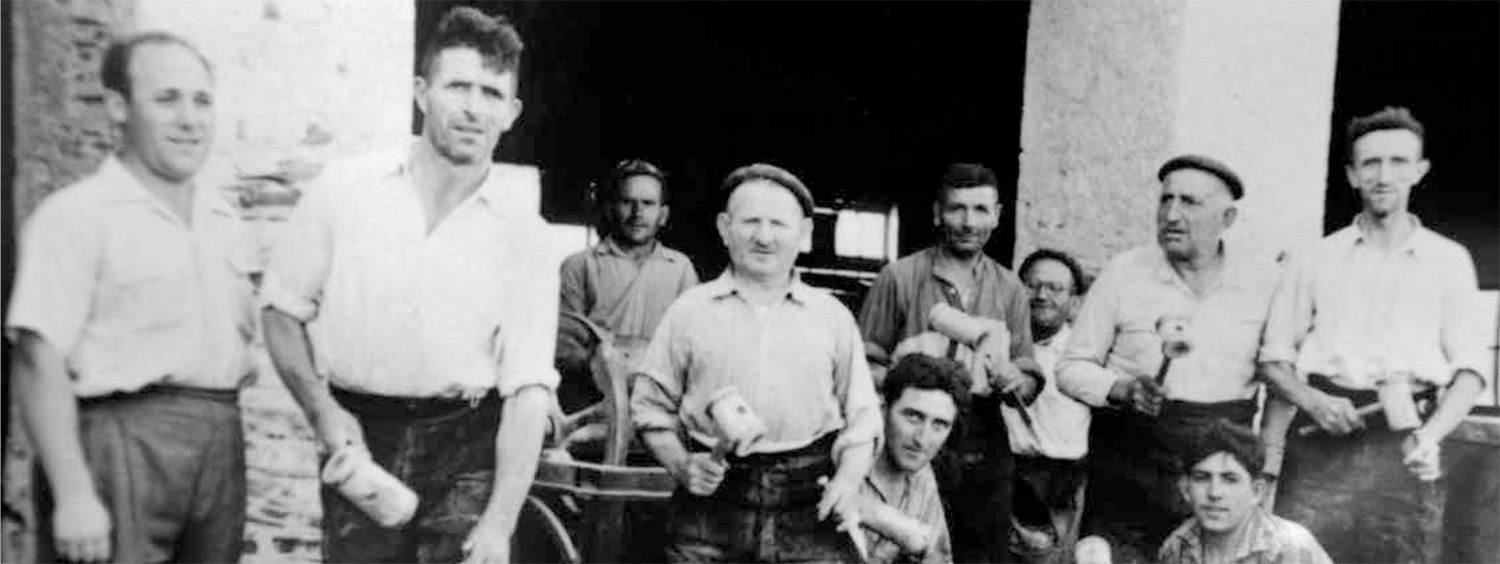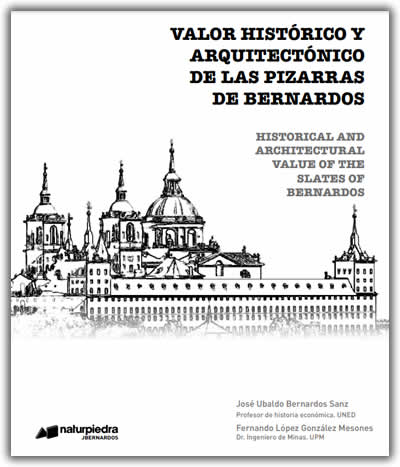
The first instigator of the Slate in Spain was King Philip II, who, on his travels in Flanders and Germany between 1556 and 1559 could see roofs covered with Slate and he stated in January 1559 in a Letter we wrote to its Architect Gaspar de la Vega, who was working on the Valsain Palace
“this is a good solution because the slate doesn’t weigh like lead, support the snow without being too warm in Summer and it makes shining roofs, and gives beauty to the buildings. I think it would be better to do the roofs like those seen in these countries, and covered with Slate, which as you have seen, gives a shiny and beautiful result”.
It was between 1559 and 1562 when Slate workers reached Bernardos area, from all parts of Europe, to make the works on behalf of His Majesty Philip II, covering first the Valsaín and Pardo Palaces, the Madrid Castle, and then, the famous San Lorenzo del Escorial Monastery. The Bernardos’ Slates were chosen for its quality, hardness, and also for the Lead color and specifical Grain. Since then the Slate became one of the main construction materials, being present in some of the most beautiful works of Spanish art History.
Jesús Bernardos Bartolomé, founder of the company naturpiedra JBERNARDOS, explains in the prologue of the book published by the company: “Historical and architectural value of the Slates of Bernardos” that it is with pride and great responsibility that they perpetuate this heritage. Currently Bernardos Slate and Phyllite are delivered to more than 25 countries worldwide, which has led us to publish the book in bilingual versions spanish / french and Spanish / english, telling the exceptional Story of our Quarries.
HISTORICAL VALUE OF THE SLATES OF BERNARDOS
Dive into the different chapters of the history of the Bernardic slates.

